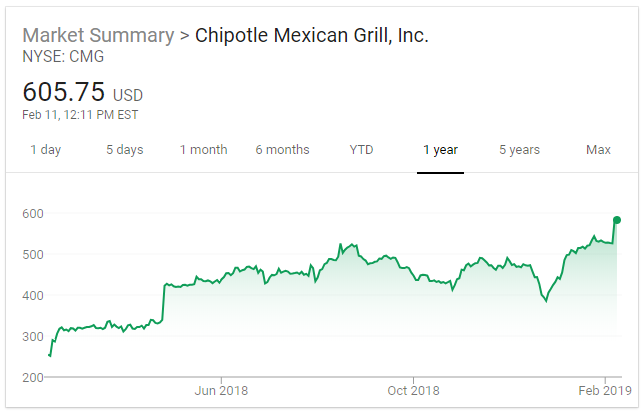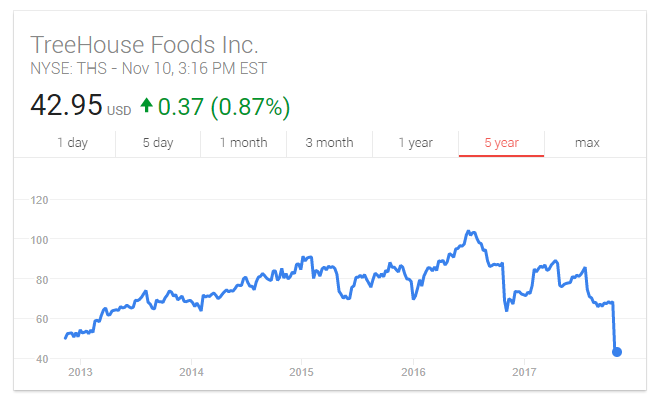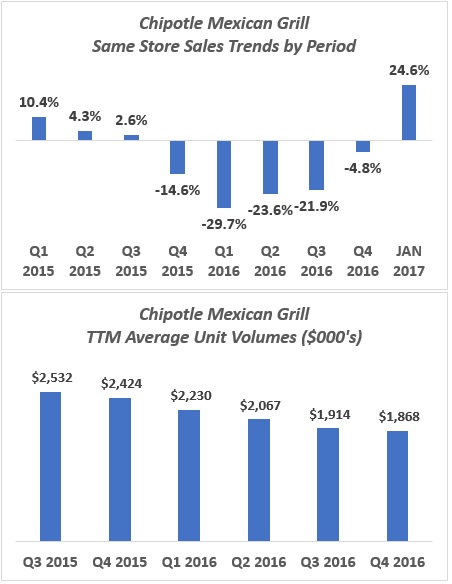Hat tip to Upslope Capital for bringing this to people's attention. It appears that do-it-yourself investors relying on tech platforms to invest need to be even more careful than some may have previously thought. Sure, having a computer decide your asset allocation could be problematic long term, but it turns out that even someone trying to buy Coca Cola stock might get into trouble if they don't do their homework.
Whereas Coca Cola trades under the symbol KO, their largest bottler/distributor trades under the symbol COKE. The latter used to be called "Coca Cola Bottling Co Consolidated," which made it easier to understand which stock was which (given that the "real" Coke did not trade under "COKE"). Then in January the bottler changed the company name to "Coca Cola Consolidated" and dropped the "Bottling" completely.
So what happened? COKE shares almost immediately surged more than 130%:
So much for being just a boring bottler of soft drinks... COKE shares rally from under $130 to a peak of $413 in just four months after a questionable name change.
What could possibly have prompted such a huge move in this once boring stock? Well, one theory was floated by Upslope Capital; the name change itself!
If you read through their report (linked to above at the outset), you will notice that users of the popular Robinhood investing app have gobbled up COKE stock this year, likely due to the fact that searches for "Coca Cola" bring up the name of the bottling company with the stock symbol COKE. If you were a young, amateur investor, you probably would not think twice about putting in a buy order thinking you were getting shares in the mega cap global beverage giant that counts Warren Buffett as an investor and sports a total market value of more than $200 billion (70 times bigger than the bottling company!). And then you would wind up with an investment in the far smaller bottling company. And worse, your fellow investors would be doing the same, helping to push the stock up more than 100% in a matter of months!
While the air has come out of the balloon in recent days, COKE is probably still overvalued at $316 per share. I suspect sometime over the next year the stock trade back to $200 or $250 and plenty of investors will wonder exactly how they lost so much money on such a dominant company's stock.
While technology surely will play a role in evolving the investment process for many, the idea that hiring a human being to assist you with your savings and investment objectives is unlikely to become outdated for the majority of folks, for reasons exactly like this one. Sometimes the computers are going to be value-destructive, not value-additive as intended.
Full Disclosure: At the time of writing, I am short shares of COKE, but positions may change at any time.







